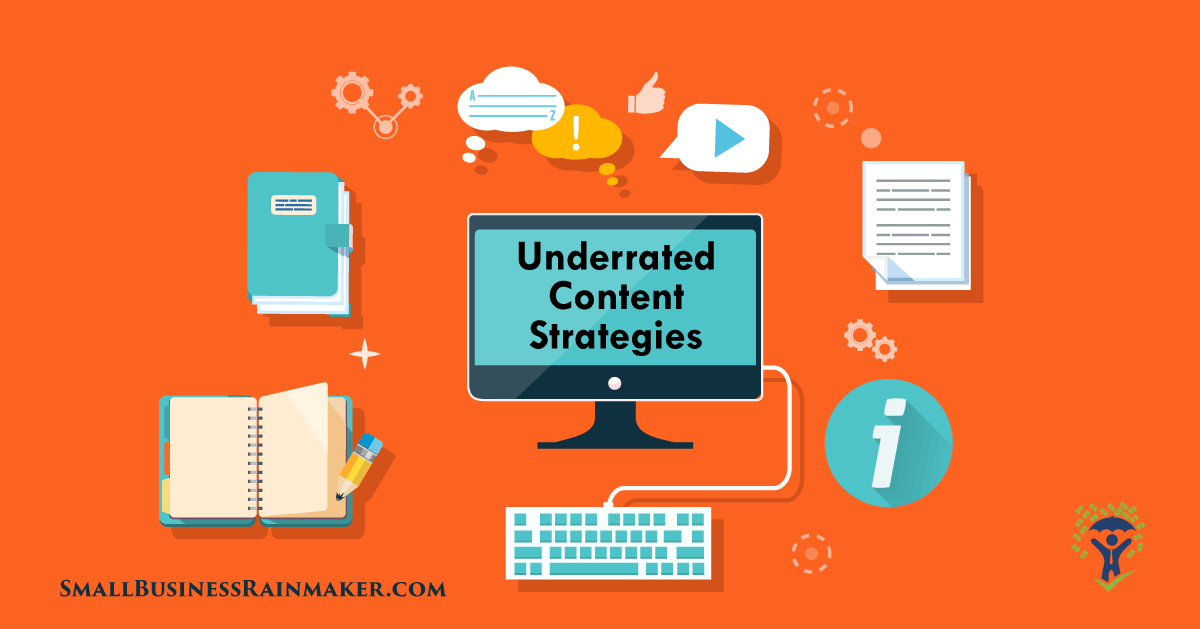
With technology advancements today, just having a website is no longer enough to attract visitors. In order to convert your visitors into customers (and keep them loyal) the content of the website must be of both high quality and high value.
If your goal is to differentiate yourself from your competitors, generate traffic, optimize your SEO plan, and ultimately reach your sales targets, it’s important to implement a content strategy.
A Blueprint to Identify and Create Your Content Strategy
Because there are various factors to consider when creating quality content, getting started can feel overwhelming. Here are a few simple steps to follow:
- Identify your business objectives.
- Adapt your content to the purchase process.
- Choose content according to the needs of your prospects.
- Audit your current content.
- List your keywords.
- Define your editorial calendar.
- Promote your content.
Identify your business objectives
Start by thinking about the main guidelines you want to set for yourself over the next six months. What are your goals? A good way to define them is by setting SMART objectives: Specific, Measurable, Achievable, Realistic, and Temporally-defined.
Your content strategy and marketing goals should be closely linked.
Here is a list of objectives that your content strategy can help you achieve :
- Improve brand awareness.
- Inform your targets.
- Turn your leads into prospects and then into customers.
- Engage with influencers.
- Nurture customer loyalty.
- Offer complementary or superior products.
- Generate new leads.
- Demonstrate your expertise.
Defining your objectives is necessary when creating an effective marketing plan.
Adapt your content to the stage of the purchase process
Once you have identified several ideal customer profiles, understand their purchase cycle.
Depending on the stage in which they find themselves (discovery, consideration, or decision), adapt your digital strategy and the type of content you are going to offer them to help them move on to the next stage.
Your goal is to promote your customers' journey through the sales funnel by providing relevant content. It's called lead nurturing.
At each level of the buying journey, your content marketing should follow the logic of the AIDA model:
A: attract attention
I: create interest
D: provoke desire
A: incite to action
At the beginning of the buying cycle your prospects look for informative content.
As they move through the buying process, they will be interested in special offers and other convincing content such as customer testimonials, product demonstrations, and free trials.
Choose your content according to the needs of the prospects
Your content should correspond to the phase of the purchase journey and also respond to the problems your prospects are facing.
The content you produce must interest them and provide solutions to their problems.
Ask yourself, "Does my content provide answers and solutions to the problems my readers are facing?"
If your answer is “no,” then your content won't be as beneficial as it could be.
Auditing your content
To implement your content marketing strategy, audit the content you already have on your website. The purpose of the audit is to list your possible weaknesses and content marketing mistakes in order to detect solutions to correct them.
To carry out an audit of your content, Moz offers this method for making an inventory of current content.
- Organize your content according to several criteria: subject, length, tone, relevance, date of publication, and objective.
- Track them with metrics such as click rate, conversion rate, engagement, and number of shares on social media.
- Other KPI you can look at are: positioning your article on search engines and bounce rate.
- Analyze data to determine what works or what needs to be reviewed.
- Select your content according to your areas of expertise.
Choose your content based on your theme and then refine it to have a variety of topics to cover. It's like a funnel. You have to go from general to specific.
After listing your themes and breaking them down into different topics, rank them according to their priority. Then you can begin writing valuable content by starting with the most important topics.
List your keywords
Another good idea is to list your key expressions and then expand upon them with synonyms.
The more targeted and relevant they are to users' searches, the more search engines will favor your web pages by positioning them well in their results. Your key phrases should also be optimized for local searches.
Use any of these keyword generators to look for frequently-searched keywords with lower competition to improve your SEO :
- Google Keyword Planner (free)
- Google Trends (free)
- Keyword Tool.io
- Moz Keyword Difficulty Tool
- SEMrush
- Ahrefs
Defining your editorial calendar
Another important element of your content marketing strategy is having an editorial calendar.
At a glance, it gives you a global view of your content production to ensure it's happening regularly. An editorial calendar will also help you support your marketing and sales teams and provide strategic direction for content production.
To plan and track your content you can use CoSchedule or free tools like Trello or Google Sheets.
Promoting your content
After writing your content, your work isn't quite finished. Even the best article is useless if your target market never sees it.
Now you need to promote your content to generate traffic, make your offers available to your prospects, and improve your visibility online. There are plenty of scheduling tools to help you develop an effective content promotion schedule.
Conclusion
Are you reassured about your content marketing plan?
You now have the keys you need to make your plan successful and achieve your marketing objectives.
If you have to resources to get started, you can do it today. If not, find the support you need to implement a winning content strategy.
 Ilija Sekulov is a professional search engine optimizer and Google Ads specialist at Word Maze. He uses his free time for reading, bike riding, and hiking.
Ilija Sekulov is a professional search engine optimizer and Google Ads specialist at Word Maze. He uses his free time for reading, bike riding, and hiking.














Leave a comment